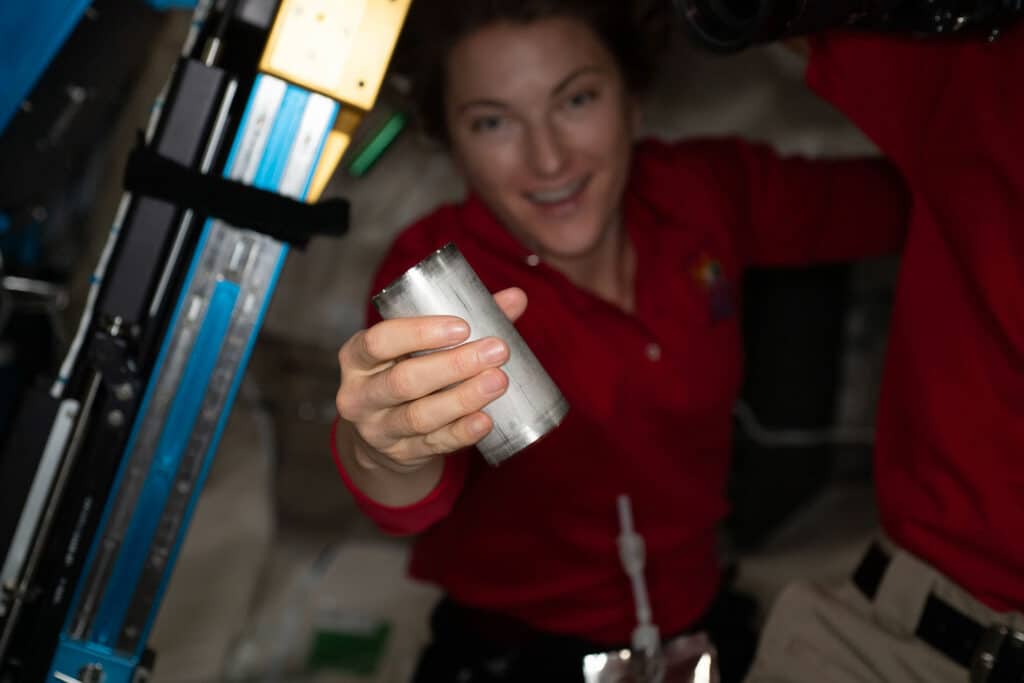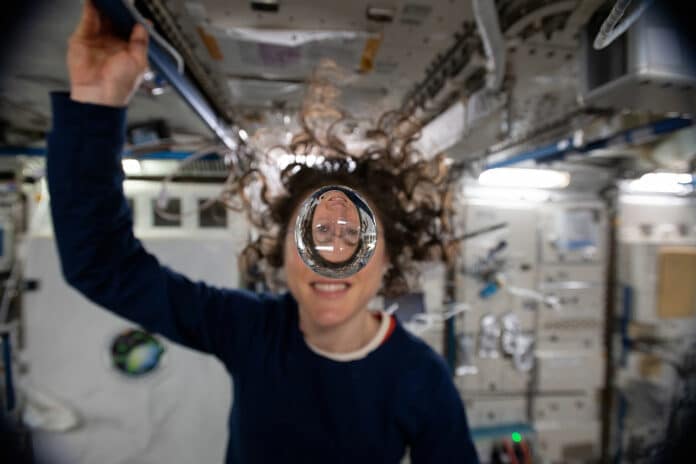NASA has announced that astronauts aboard the International Space Station (ISS) have achieved a 98% water recovery rate in a breakthrough achieved by a system that converts things like astronaut pee and sweat into a drinkable state.
Earth’s natural life support system provides the air we breathe, the water we drink, and other conditions that support life. However, for people to live in space, these functions must be done by artificial means.
Until now, astronauts have either carried their own supplies along or relied on resupplies from Earth from cargo spacecraft visiting the space station. Each crewmember needs around a gallon of water per day for drinking, food preparation, and hygiene uses. That’s a lot of water to take along on deep space missions like missions to Mars that could last two years, for example.
To address this problem, scientists have been looking at ways for astronauts to produce their own clean water and grow their own food.
As the first step toward this, NASA has been developing life support systems, called Environmental Control and Life Support System (ECLSS), that can regenerate or recycle consumables such as food, air, and water and testing them on the ISS.
Ideally, life support systems need to recover close to 98% of the water that crews take into space with them at the start of longer missions. Recently, ECLSS demonstrated that it could achieve that significant goal. The water recycling achievement is an important milestone for space missions that aim to provide basic needs for crew members without resupplying missions from the ground.
The ECLSS consists of a combination of hardware, including a Water Recovery System that collects wastewater and advanced dehumidifiers that capture moisture released into the cabin air from crew breath and sweat. This collected water is then sent to the Water Processor Assembly (WPA), which produces drinkable water.
The Urine Processor Assembly (UPA) recovers water from urine using vacuum distillation. Distillation produces water and a urine brine that still contains some reclaimable water. Brine Processor Assembly (BPA) was added to the UPA to extract this remaining wastewater.

The BPA uses special membrane technology and blows warm, dry air over the brine to evaporate the water. That process creates humid air, which, just like crew breath and perspiration, is collected by the station’s water collection systems. While demonstrating its operations in the microgravity of space, the BPA helped the system achieve the 98% water recovery goal.
The recovered water is then passed through a series of specialized filters and a catalytic reactor that breaks down any trace contaminants that remain. Sensors check the water purity, and unacceptable water is reprocessed. The system also adds iodine to the acceptable water to prevent microbial growth and stores it, ready for the crew to use.
“The processing is fundamentally similar to some terrestrial water distribution systems, just done in microgravity,” says Jill Williamson, ECLSS water subsystems manager. “The crew is not drinking urine; they are drinking water that has been reclaimed, filtered, and cleaned such that it is cleaner than what we drink here on Earth. We have a lot of processes in place and a lot of ground testing to provide confidence that we are producing clean, potable water.”
The idea of drinking recycled urine might make some people squeamish. But the team points out that the end result is far superior to what municipal water systems produce on the ground.
The systems in ECLSS have been carefully tested to ensure that they perform as intended and demonstrate that each is reliable and can operate long-term without a lot of maintenance or spare parts.
